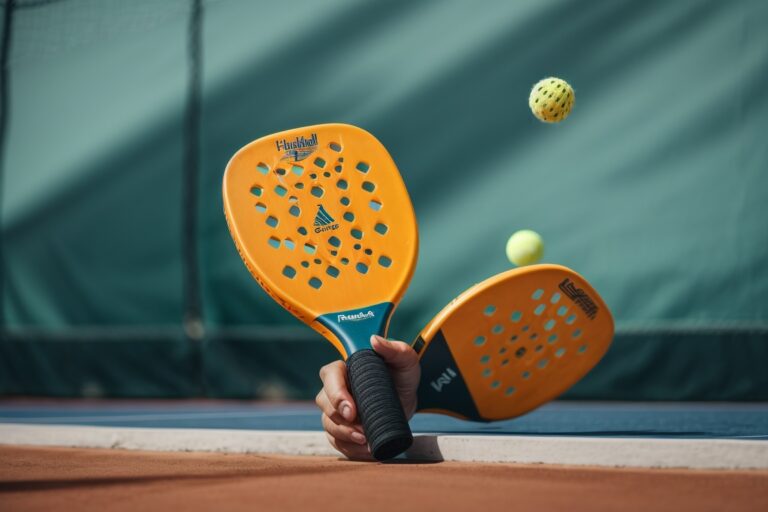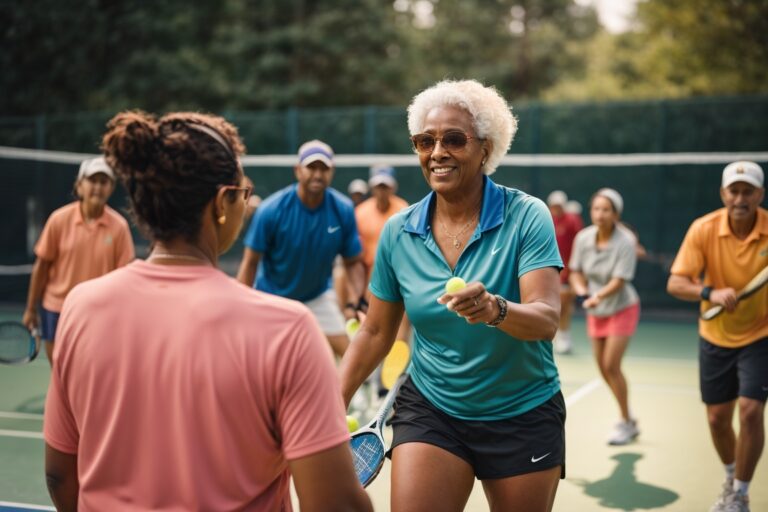How Long Does a Pickleball Last: A Comprehensive Guide
Pickleball is a fantastic sport that's gaining popularity worldwide. Whether you're a seasoned player or new to the game, one question that often comes up is, "How long does a pickleball last?" In this comprehensive guide, we'll discuss into the lifecycle of pickleballs, discussing their durability, common reasons for rupture, and tips to make them last longer. We'll also address some frequently asked questions like whether pickleballs lose their bounce and why they break easily.

The Lifecycle of a Pickleball
Durability of Pickleballs
Pickleballs are renowned for their durability, making them a very-effective choice for players. However, even the most robust pickleball has a limited lifespan. Many factors contribute to a pickleball's longevity:
Cracks: Deal Breakers
Any crack in a pickleball is a deal-breaker. Even a tiny crack can change the ball's trajectory and influence the game. Therefore, it's necessary to dispose of cracked pickleballs whenever needed.
Oval Shape and Bumps: Game Ruiners
A pickleball must maintain its round shape. If it becomes oval or develops lumps or bumps, it should be removed from play. These defects can result in unpredictable bounces and directional changes during the game.
Firmness Matters
Both indoor and outdoor pickleballs have distinct levels of malleability. If a pickleball feels dead or fails to provide a true bounce, it should be tested by squeezing it with your hand and thumb. A softer ball can affect the gameplay experience.
Ball Discoloration
While it may seem picky, many players prefer using pickleballs that retain their original sheen. Brighter balls are easier to track and hit, and they meet new 2023 pickleball rules regarding clothing color. Personal preferences play a significant role here.

Factors Affecting Pickleball Lifespan
Environmental Factors
The environment you play in can impact the lifespan of a pickleball. Extreme temperatures, humidity, and exposure to the elements can contribute to faster wear and tear.
Force of Contact
The force with which a pickleball is hit during play affects its longevity. Hard-hitting players may wear out balls faster than those who play with less force.
Paddle Type
The type of paddle used can influence the wear and tear on a pickleball. Softer paddles are less likely to damage the ball, which can extend its lifespan.
Frequency of Play
The more you play pickleball, the quicker you'll go through balls. Frequent players may need to replace their pickleballs more often than occasional players.
Tips for Prolonging the Life of Your Pickleball
Avoid Hitting the Ball on the Ground
Preventing unnecessary wear and tear on the pickleball is essential. Try to make contact with the ball in mid-air to extend its life.
Use a Softer Pickleball Paddle
Softer paddles are gentler on the ball and can make it last longer. Seek advice from experienced players or coaches to find the right paddle for your playing style.
Proper Storage
Store your pickleballs in a cool, dry place away from direct sunlight and sharp objects. Maintaining their integrity when not in use can significantly extend their lifespan.
Conclusion
In summary, the lifespan of a pickleball depends on several factors, including its environment, the force of contact, and your playing habits. While there is no definitive answer to how long a pickleball lasts, staying vigilant for cracks, bumps, and changes in firmness is crucial. By following the tips mentioned in this guide, you can extend the life of your pickleballs and continue to enjoy the game to the fullest.
We hope this guide has answered your questions about pickleball longevity, and you're now better equipped to make your pickleballs last longer and enhance your playing experience. Remember, maintaining your equipment is essential to maintaining the integrity and fun of the game.







